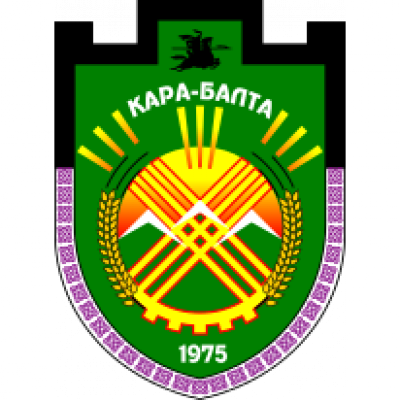Share
Print

Administrative divisions
Kara-Balta was assigned the status of a city on September 9, 1975 by the Decree of the Presidium of the Supreme Soviet of the Kyrgyz SSR, and the lands were distributed in accordance with the Decree of the Council of Ministers of the Kyrgyz SSR of February 16, 1976. The territory of the city included 3152 hectares: 262 hectares from the village. Kosh-Tegirmen, 375 hectares from the village of Kara-Balta, 105 hectares from the regional center of the village of Kalininsky, 260 hectares from the collective farm "Hammer and Sickle", 10 hectares from the farm for fattening cattle; 162 hectares from the Lenin collective farm, 17 hectares from the Ilyich collective farm, 1961 hectares from industrial and other institutions. In 1988, the city expanded its borders by separating 55 hectares from the village of Alekseevka towards the mountains for the construction of housing for the townspeople. The length of the urban area was 4.8 km in width and 7.3 km in length.
Urban planning
The status of the city gave the regional center wider opportunities for the construction of housing, social and cultural facilities. New residential neighborhoods in the center of the village are the fruit of such a transformation. According to the plan, Kara-Balta in the upper zone was supposed to become a city satellite of the capital, under the leadership of the chief architect of the Institute "Kirgizpromstroy" NV Karpenko. its master plan was developed until 2000, per 100,000 population. But perestroika began and it was not destined to come true; in 1999, the third general plan of the city began to be developed at the Kyrgyz NIIP Urban Development Institute under the leadership of the architect Tugova T.A. per 56 thousand population. For the prospect of this project, an additional 130 hectares must be found. It was decided not to attract the area of the district, but to use the inner city reserves: construction in progress, wastelands,
